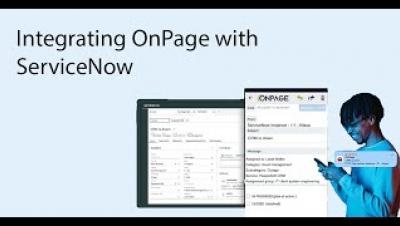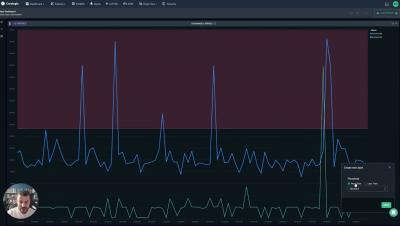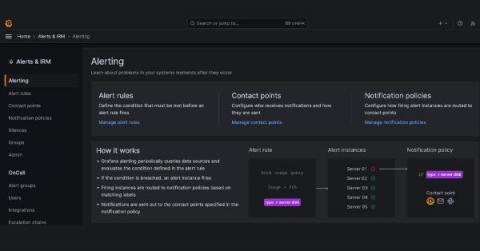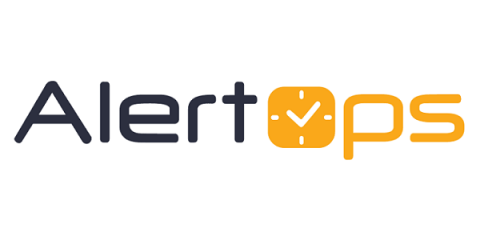Reliably receive a call when an organ donor is matched
Within the broader context of organ transplantation, time is of the essence. Lives hang in the balance, waiting for that life-changing call announcing a matched donor organ. For organ transplant recipients, the waiting game is often a test of patience and resilience. However, with the advent of modern technology, a solution has emerged to alleviate this uncertainty – OnPage.









